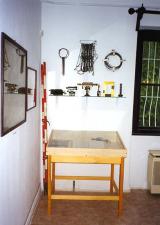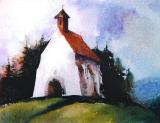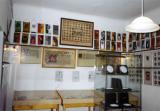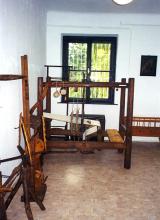2024. April 24. Wednesday
Sárközy István Museum of Local History - Nagybajom
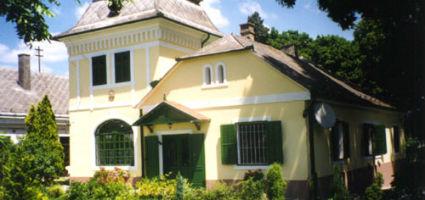 |
Address: 7561, Nagybajom Fő u. 4.
Phone number: (82) 357-171
Opening hours: Tue-Fri 12-18, Sut 10-18
(On prior notice: beyond the opening hours as well) |
After years of councils and meetings, the exhibition in three wards of the old Sárközy Cottage in Nagybajom was opened in 1992. It is the seed of our display today.
The east wing of the building is more than three hundred years old. It was enlarged in 1800 and in 1896. After the nationalization in 1952, it was converted into a service flat. By the end of the 90's it was emptied so the museum with its extended material could move into the wing of six wards.
The cottage was renovated in 2000 partly by National support, partly as a private endeavor.
The renewed space for display is occupied with material on local history. Besides presenting the documents of Nagybajom, the exhibition honors the old owners, the literal fie of István Sárközi, and his famous guests: Mihály Csokonai Vitéz, and the poet Ádám Pálóczi Horváth.
Besides the exhibition on local history, an ethnographic collection is shown in the museum. The material is divided into three thematic groups: the first part shows the tools of the kitchen and household, the second part shows the procession of textile, the third part presents the local agricultural activity.
The unique part of the exhibition is the collection, which involves the visitors into the secrets of cartography and heraldry.
The east wing of the building is more than three hundred years old. It was enlarged in 1800 and in 1896. After the nationalization in 1952, it was converted into a service flat. By the end of the 90's it was emptied so the museum with its extended material could move into the wing of six wards.
The cottage was renovated in 2000 partly by National support, partly as a private endeavor.
The renewed space for display is occupied with material on local history. Besides presenting the documents of Nagybajom, the exhibition honors the old owners, the literal fie of István Sárközi, and his famous guests: Mihály Csokonai Vitéz, and the poet Ádám Pálóczi Horváth.
Besides the exhibition on local history, an ethnographic collection is shown in the museum. The material is divided into three thematic groups: the first part shows the tools of the kitchen and household, the second part shows the procession of textile, the third part presents the local agricultural activity.
The unique part of the exhibition is the collection, which involves the visitors into the secrets of cartography and heraldry.
|
Programmes
|
|
